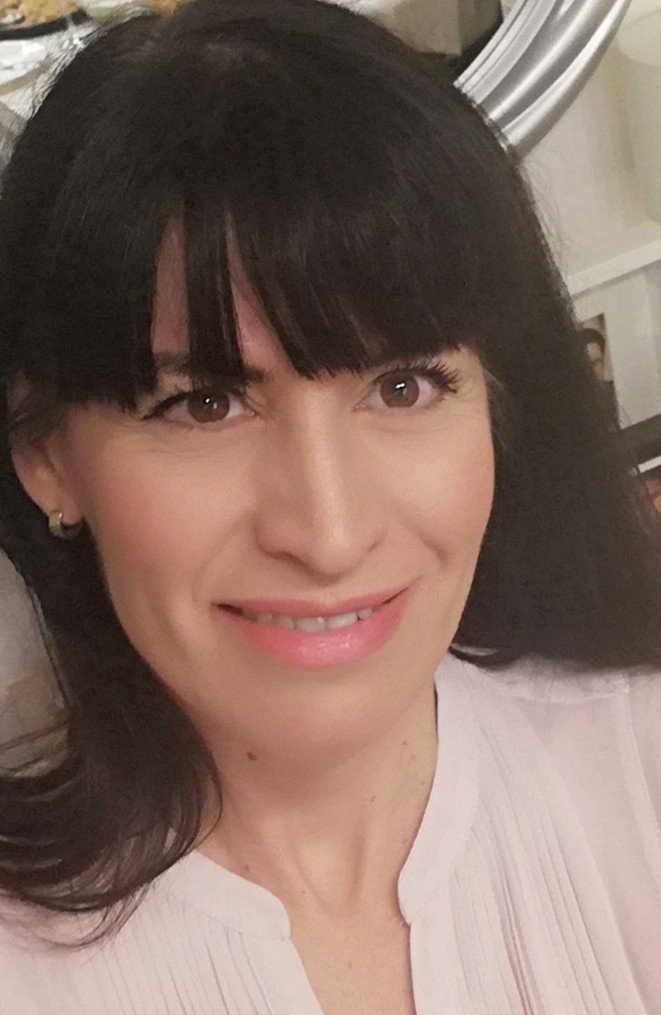Do you have a very painful red bump along the edge of the eyelid at the base of the eyelashes?
Do you have a lump on your eyelid that is similar to a boil or a pimple?
Do you have a lump with a small pus spot at the center?
Do you have pain in your eyelid?
Do you have swelling in your eyelid?
Do you have tearing in the affected eye?
Do you have crustiness along the eyelid margin?
Do you have an increased sensitivity to light?
Do you have a feeling like something is in the eye (that shouldn't be)?
Do you have a scratchy feeling in the affected eye?
Based on your answers it is unlikely that you have a stye. A stye is an infection in your eyelid. The medical term for a stye is hordeolum. A stye is usually an infection in the hair follicle where one of your eyelashes attaches to your eyelid. It is a very common type of infection that usually develops rapidly, within a few days. In most cases, only one eye is affected, but it is possible to have a stye on both eyelids at the same time. A stye can often be seen in people who touch their eye with unwashed hands or already have blepharitis or rocasea.
Based on your answers there is a possibility that you have a stye. A stye or “hordeolum” is an eye infection characterized by a small, painful lump located on the edge of your eyelid. A stye is often filled with pus and may look like a boil. There are two types of stye: external and internal. The external stye is a common type of stye that results from an infection in the eyelash follicle. The internal stye is actually rare, and it is the result of an infection of the gland in your eyelid, which is called a meibomian gland. A diagnosis is based on an eye examination.
Based on your answers there is a high possibility that you have a stye. A stye is an infection of your eyelid, which is often caused by a bacterium called Staphylococcus aureus. This type of bacterium usually lives on your skin and does not cause any health problems. However, it can sometimes penetrate your skin causing various infections such as abscesses and styes. In most cases, a stye does not need to be treated. It can disappear on its own within a few days. Appling worm compresses can speed up the healing process. A stye may reappear at any time.
MAYO CLINIC, Sty
https://www.mayoclinic.org/diseases-conditions/sty/symptoms-causes/syc-20378017
MAYO CLINIC, Sty
https://www.mayoclinic.org/diseases-conditions/sty/diagnosis-treatment/drc-20378022
AMERICAN ACADEMY OF OPHTHALMOLOGY, What Are Chalazia and Styes?
https://www.aao.org/eye-health/diseases/what-are-chalazia-styes
AMERICAN ACADEMY OF OPHTHALMOLOGY, Who Is at Risk for Chalazia and Styes?
https://www.aao.org/eye-health/diseases/chalazion-stye-risk
Medicine Net, Sty (stye) facts
https://www.medicinenet.com/sty_stye/article.htm

jelena mihajlovic
Hi! I’m Jelena Radovanovic. After earning my Phd in General Medicine from the Medical University of Nis, I began a career as a physician in order to pursue my passion for medical science and help treat the people around me. I joined the Medical Center in Nis in 2010 where I gained practical knowledge in real-time situations. In addition to my primary job as a General Practitioner, I’ve worked with nonprofits to help underprivileged patients by providing them with information, services, and assistance.
You can find me on Upwork at: https://www.upwork.com/freelancers/~01d0ef3a1f3aa93918
